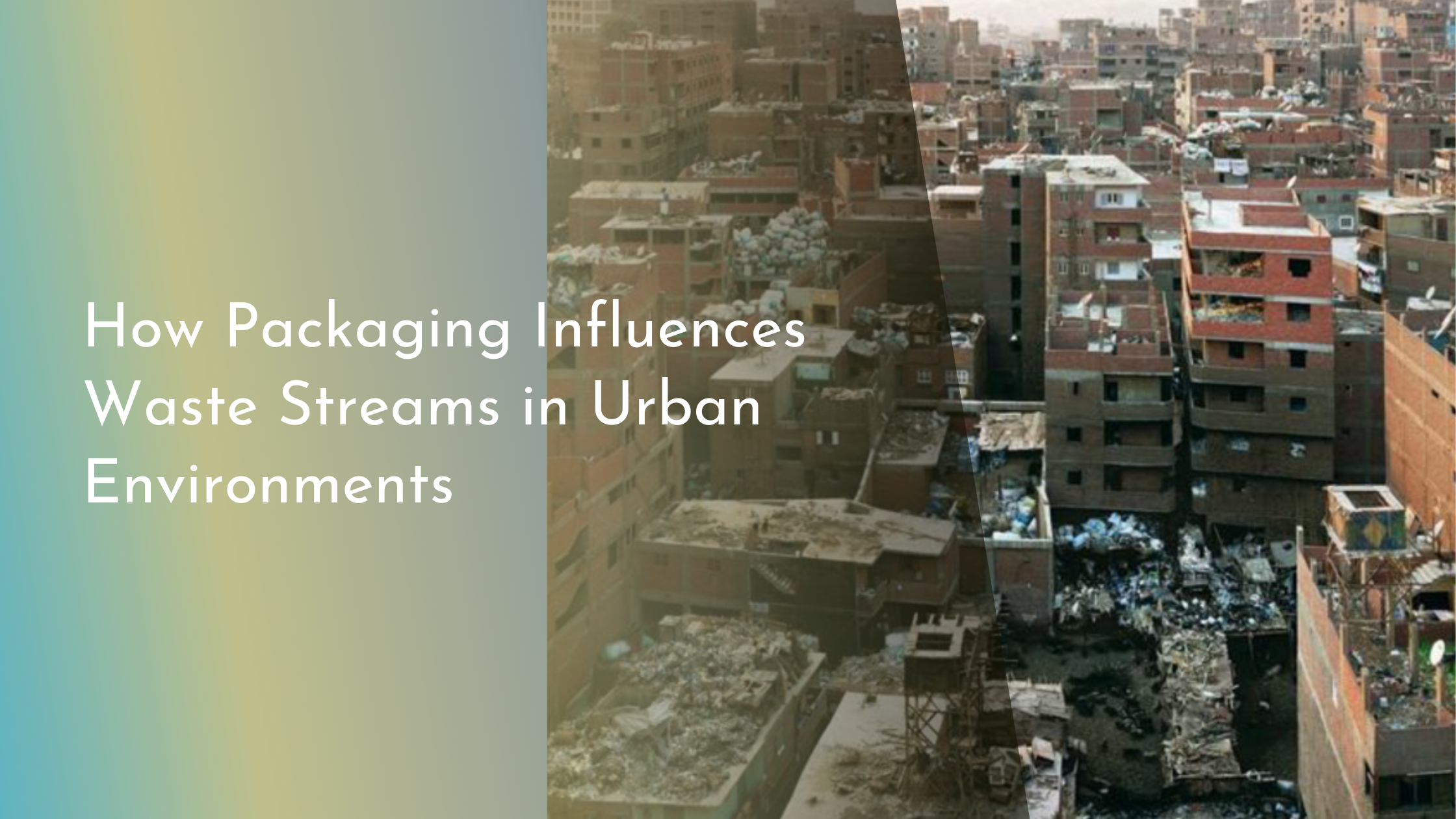How Packaging Influences Waste Streams in Urban Environments
Packaging is an integral part of modern life, especially in bustling urban environments where convenience often takes precedence. However, the choices we make regarding packaging have significant implications for urban waste management systems. As cities grow, so does the challenge of managing the waste generated by packaging materials. In this article, we will explore how packaging influences waste streams in urban areas, the journey of packaging from usage to disposal, innovations in eco-friendly packaging, and the steps we can take towards sustainable solutions.
Understanding the Role of Packaging in Urban Waste
In urban environments, packaging plays a crucial role in protecting goods, extending shelf life, and providing convenience to consumers. However, this convenience comes with environmental costs. Most packaging materials, such as plastics, glass, and metals, require resources to produce and can contribute significantly to urban waste streams if not managed properly. In cities, the sheer volume of packaged goods leads to an accumulation of waste, creating challenges for waste management systems already strained by population density and limited space.
Packaging waste can also complicate recycling efforts. While some materials, like aluminum and certain plastics, are recyclable, the diversity and complexity of packaging can hinder recycling rates. Many consumers may find it difficult to determine the recyclability of different packaging types, leading to contamination in recycling bins and ultimately, more waste ending up in landfills. Education and clearer labeling could help mitigate this issue, encouraging more responsible disposal behavior among urban dwellers.
The Journey of Packaging: From Use to Disposal
The life cycle of packaging begins with its design and manufacturing, where materials are chosen based on product needs and cost considerations. Once products reach consumers, they typically have a short usage period before the packaging is discarded. In urban areas, this rapid turnover of packaging materials contributes to a consistent stream of waste that must be managed efficiently. After disposal, packaging may follow several paths: it can be recycled, incinerated, landfilled, or, unfortunately, end up as litter in the environment.
Recycling systems in urban environments are designed to capture and repurpose valuable materials from packaging. However, these systems often face obstacles such as contamination, insufficient infrastructure, and lack of public participation. Moreover, the disposal journey of packaging doesn’t just affect waste management but also has broader environmental implications, such as carbon emissions from transportation and processing. By understanding these journeys, cities can develop more effective waste management strategies and policies.
Innovations in Eco-Friendly Urban Packaging
In response to the growing concern over packaging waste, many companies and researchers are developing innovative solutions to minimize environmental impact. Biodegradable and compostable packaging materials are gaining traction as they break down more easily and reduce the burden on landfills. Materials such as bioplastics, made from renewable sources like corn starch, offer promising alternatives to traditional plastics, providing similar benefits without long-term environmental harm.
Another innovation in urban packaging is the use of smart technology to enhance sustainability. Smart packaging can provide consumers with information on proper disposal methods through QR codes or digital interfaces, ensuring more materials are recycled correctly. Additionally, the shift towards minimalist packaging designs and reusable containers is gaining momentum, promoting a circular economy where products and materials are continuously repurposed rather than discarded.
Conclusion: Embracing Sustainable Packaging Solutions
Urban environments present unique challenges for packaging waste management, yet they also offer opportunities to drive change. By prioritizing sustainable packaging solutions, cities can reduce the environmental impact of waste, conserve resources, and foster healthier communities. Collaborations between government, industry, and consumers are essential to create systems that support the efficient disposal and recycling of packaging materials.
As we look to the future, embracing sustainable packaging solutions is not just an environmental imperative but also an opportunity to innovate and improve quality of life in urban areas. By reducing packaging waste and promoting eco-friendly alternatives, cities can lead the way towards a more sustainable world. With collective effort and commitment, we can transform urban waste streams, creating a cleaner, greener planet for generations to come.

